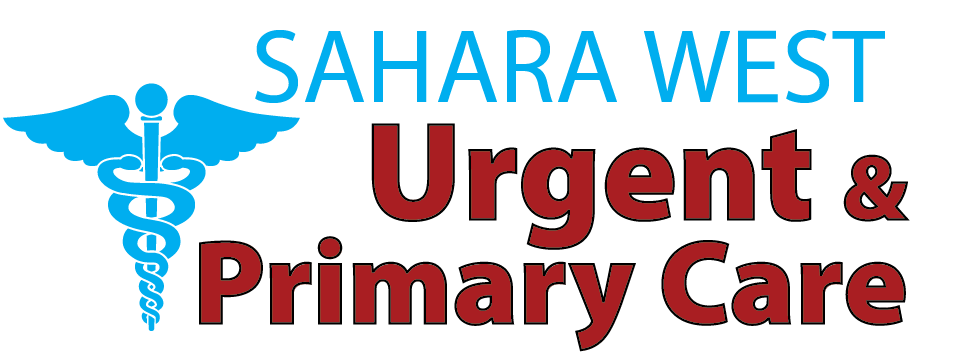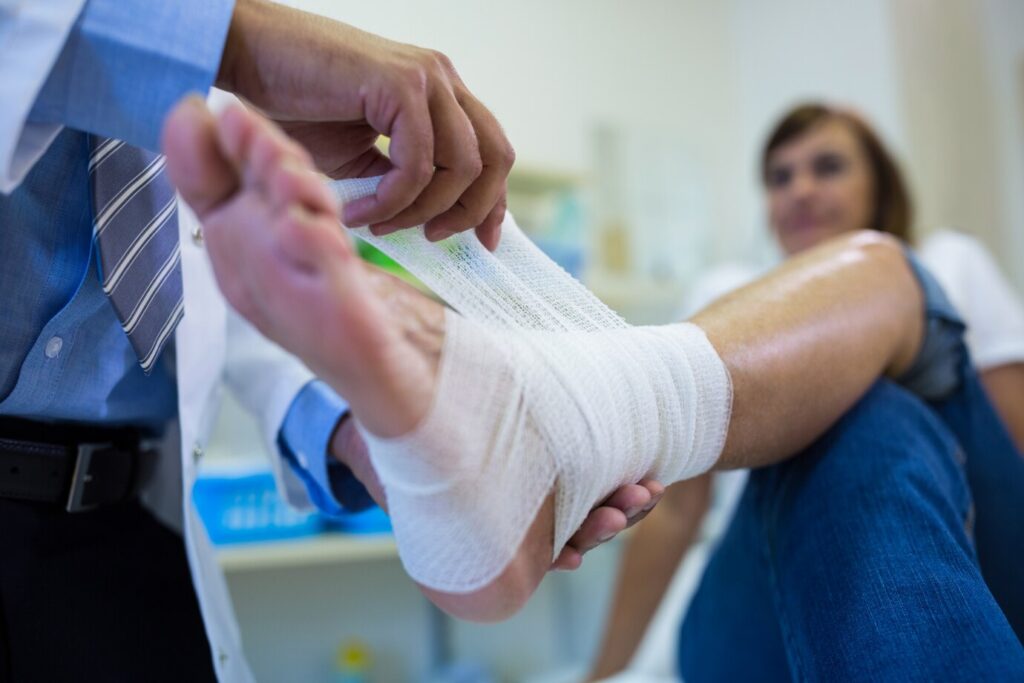Laceration repair is essential to assist wounds to patch up appropriately. Physicians utilize different types of stitches to close cuts. The kind of stitch varies on the wound size, position, and seriousness. A few stitches disband on their own, although others must be eliminated. The accurate stitch supports leaving out infection, progressing quicker curing, and confirming the least marking. Here are some common forms of stitches used in laceration repair.
1. Simple interrupted stitches:
First, simple interrupted sutures are the most common type. Doctors use them for small to medium cuts. Each stitch is tied separately. If one stitch comes undone, the rest stay in place. These sutures give strong wound closure. Also, they work well for many body parts. These stitches are particularly useful for non-linear wounds. They are easy to place and remove, making them convenient for both doctors and patients. Additionally, they provide flexibility in wound healing because removing one does not affect the others.
2. Continuous (Running) Stitches:
Next, continuous stitches involve one long thread. The doctor stitches in a series without cutting the thread. This method is fast and covers long wounds well. However, if one part breaks, the whole stitch may loosen. Doctors use it for deep cuts and surgical wounds. Since it distributes tension evenly across the wound, it can help minimize scarring. These sutures are efficient and ideal for wounds requiring quick closure. However, they are not always the best choice for wounds under high tension.
3. Mattress Stitches:
Then, mattress sutures provide extra strength. There are two types: vertical and horizontal. Vertical mattress sutures help bring wound edges together tightly. Horizontal mattress sutures distribute tension evenly. Both types are useful for deep wounds or areas under high tension. They are normally utilized in parts where the skin is heavier or where the wound could be subject to movement. By locking the wound in many coatings, mattress sutures decrease the chance of wound dehiscence.
4. Subcuticular (intracutaneous) stitches:
After that, subcuticular sutures are placed just under the skin. They leave little to no scarring. Doctors use them for cosmetic reasons, especially on the face. These stitches can disappear over time or must be eliminated later. They are mainly useful for patients who are anxious about the presence of scars. Subcuticular sutures allocate tension beside the wound, leading to softer healing and minimum interference to the external skin.
5. Deep Stitches:
Sometimes, deep sutures are needed. They close wounds beneath the skin’s surface. Doctors use these for deep cuts with several layers. These stitches hold tissues together while the wound heals. They often dissolve naturally. Deep sutures help in reducing the risk of wound separation. They provide internal support while the outer skin heals. They are typically absorbable and do not require removal.
6. Buried stitches:
Similarly, buried sutures stay under the skin. The knot is placed inside the tissue, so it is not visible. These stitches assist wounds to patch up from the inside out. They are frequently utilized in surgery and serious cuts. Since they are hidden, they reduce the risk of infection at the wound site. Buried sutures contribute to a cleaner aesthetic outcome, especially in visible areas like the face and hands.
7. Purse-String Stitches:
Another type is the purse-string suture. It is placed in a circular pattern around the wound. When pulled, it tightens like a drawstring. Doctors use it for closing small, round wounds or drainage sites. This kind of stitch is good for winding up wounds that are challenging to carry together utilizing usual stitches. It supports in decreasing the wound opening size and helps sooner recovery.
8. Tension Stitches:
Large or high-tension wounds may need tension sutures. These stitches prevent the wound from pulling apart. They are often used for deep cuts in areas like the knees and elbows. Doctors remove them after the wound starts healing. Since some areas experience significant movement, tension sutures help reinforce wound stability. They prevent excessive stretching, which can delay healing and lead to complications.
9. Absorbable Stitches:
Many stitches dissolve on their own. Absorbable sutures break down naturally inside the body. They are useful for deep wounds, surgery, and internal tissues. Since they dissolve, no removal is needed. These sutures are convenient for patients who do not want to return for removal.
10. Non-Absorbable Stitches:
In contrast, non-absorbable sutures do not dissolve. Doctors remove them after the wound heals. They are best for external wounds, skin closures, and long-term support. These sutures are often made from materials like nylon, silk, or polypropylene.
11. Adhesive Strips and Staples:
Besides stitches, doctors sometimes use adhesive strips or staples. Adhesive strips are like strong medical tape. They close small cuts and do not need removal. Staples, on the other hand, are used for large wounds. They are quick to place and strong but require removal later.
Conclusion:
Different stitches serve different purposes. Doctors choose the best type based on the wound. Correct stitches support wounds, recover in good form, and avoid difficulties. The correct choice guarantees quicker recovery, minimum pain, and excellent cosmetic outcomes. If you’re searching for Laceration Repairs Near Me, it’s important to choose a skilled professional who understands the best stitch type for your specific injury. Patients must follow postoperative care guidelines to ensure appropriate recovery and avoid contamination. To schedule your ultrasound appointment at the highest standard of care and visit Sahara West Urgent Care, visit our website.





